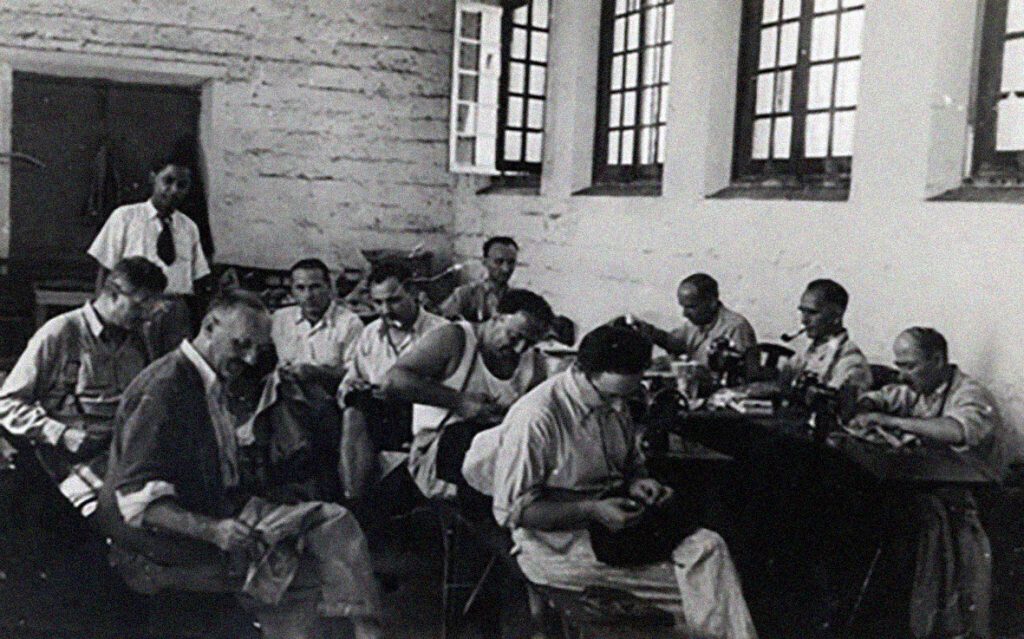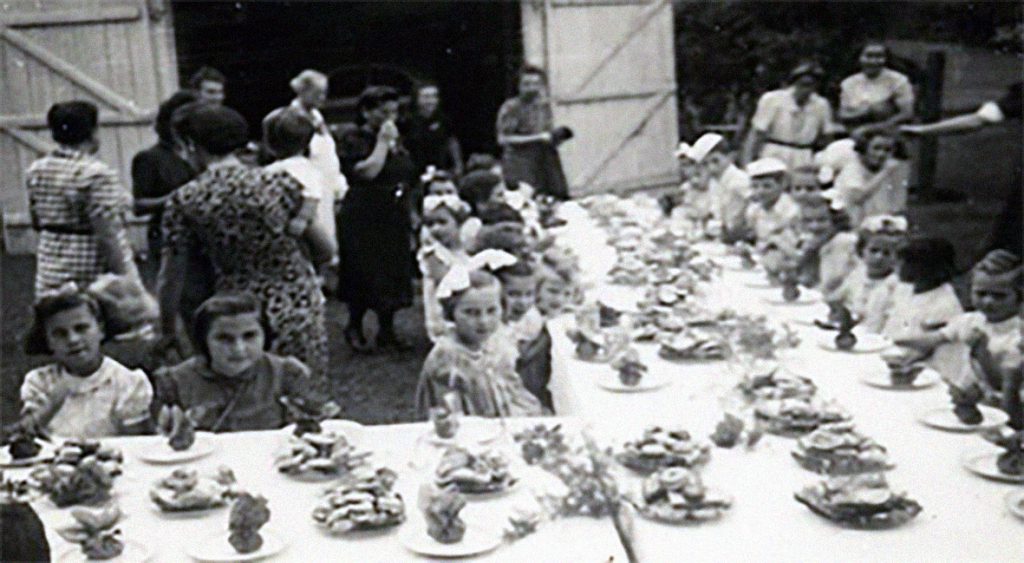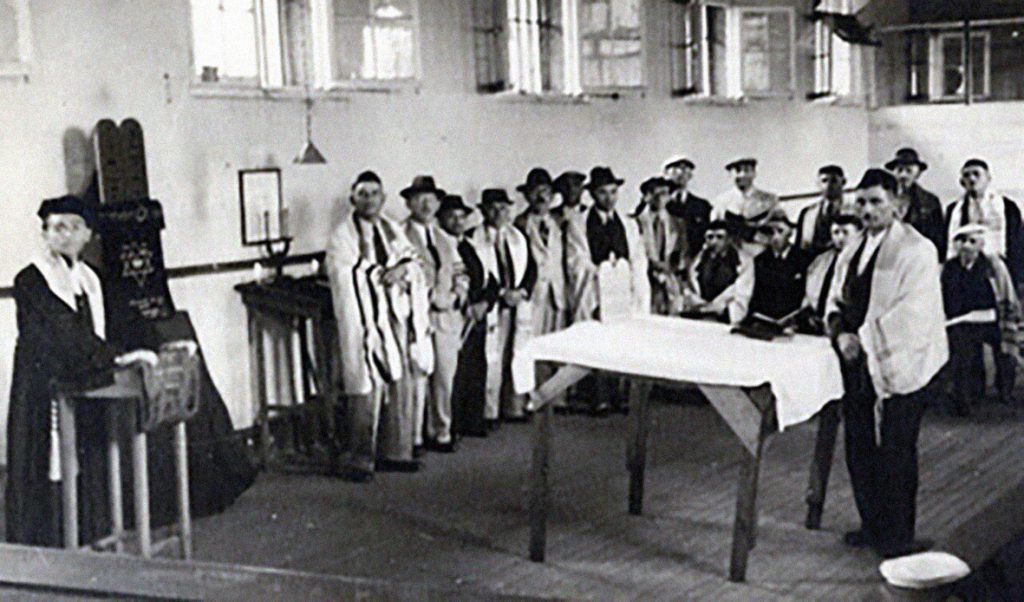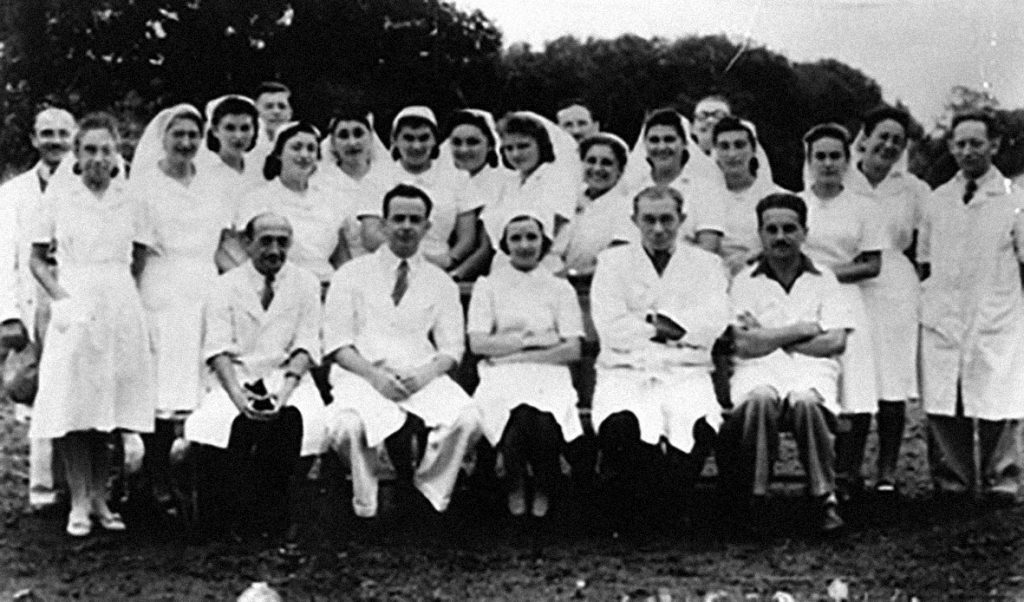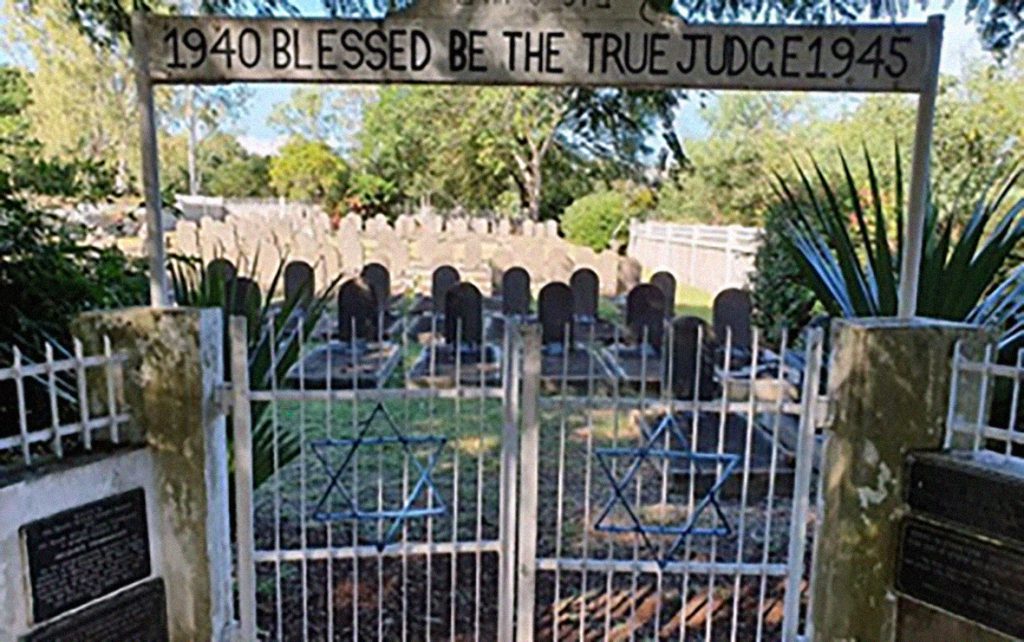mauritian Soldiers Killed by Gunshots
From the Library of Congress “Egypt, on the threshold of Revolution 1945 – 1952
A Major from the Royal Engineers, Deputy Commander of Royal Engineers in the Suez Area, was travelling in an Army Car accompanied by one warrant Officer and a Private soldier – followed by a three-ton Lorry, carrying eight Mauritian Soldiers (Pioneers), and was driven by a British Corporal – as returning by the coast road from a visit on duty to Port Twefik (Egypt). As they turned the corner by the Eastern end of the refinery area, they ran into an ambush which concentrated heavy fire on both vehicles. Fire came from a building in the refinery and from a grove of palm trees on the other ide of the road. Both vehicles were forced into the ditch by the intense fire. The occupants of the car were thrown outside the vehicle. The driver of the orry dismounted with his weapon and lying on the ground, returned the fire of the attackers. After a few minutes, a civilian car approached from the East, and the Warrant Officer commandeering it was able to escape with the Corporal. They returned with a party of Bren-gun carriers which, on approaching the scene of the ambush, came under heavy fire from both sides of the road. Under fire they were able to rescue the bodies of five Mauritian Soldiers from the lorry.
The following day early in the morning, a party of troops was sent again to the scene of the ambush and on making a thorough search of the area, found the bodies of the remaining three Mauritian soldiers and of the British soldier who had been in the car. The body of the British Major was delivered to the British hospital by an Egyptian Police officer.
It appears from the Post Mortem report that the eight Mauritian soldiers and the British soldier were killed by gunshot, but there is evidence also that their bodies were “mutilated “ after death by being struck all over by a “blunt” instrument and by stabbing. The Actual Post Mortem/ Autopsy report #61/.. (FO…/96…) was performed by Lt Col R. V… (RAMC) Specialist in pathology. This report was far too brutal to be fully reported. The only serviceman who was taken prisoner by these Auxilliaries and lived to tell the tale of his harrowing experience was LAC Tony Rigden who after a long time in captivity ended up being thrown out of a taxi onto the streets of Paris, and from there made his own way home. He recounted his experience on the recent Television special on the Canal Zone by International Jazz Musician (and SCZ Veteran) Acker Bilk.
German Prisoners In Mauritius
8th March 1941 – two British ships the HMAS Canberra and the HMNZS Leander were seen approaching the sea port. A squadron of the Mauritius Territorial Force guarded Port Louis harbour. 70 men from the German marines were captured and imprisoned. They disembarked the ships and were escorted by the Mauritian Territorial guards. They were transported to Rose Hill where a camp was improvised for them. The camp was protected by a wall made of stone several meters tall. Inside, a well-organised discipline was observed. Daily programs were planned for the soldiers such as sports, physical training exercise, games, choir singing and so on. Everyday one group of prisoners were escorted by the Mauritian soldiers and headed for the playground of the college of Agriculture at Reduit, where they trained and played handball.
Mauritian soldiers guarded the camp, but they stayed only at the peak of the walls, operating on a shift system, switching from the barracks at Vacoas to Rose Hill. Communication with prisoners was limited and difficult due to the language barrier or due to language barriers. Medications and cigarettes were smuggled inside and some soldiers had the chance to communicate with the Lieutenant, Emil Dehnel the group leader. Known as a courteous and reserved person, Dehnel maintained the high spirit morale among his men. He also communicated information to them about a German battleship, the Bismarck, accompanied by the Prinz Eugen, which sunk the British vessel, HMS Hood. His men were happy and sung loudly in the hope that their mates would rescue them, but their joy was short-lived as the Bismarck ship found itself rudder stuck and sunk. After a month of imprisonment, they packed their belongings and boarded the Hatarna ship, guarded by the Mauritian soldiers. They were heading for Mombasa. On their way they, the prisoners, mounted a coup to capture the ship, an attempt which they failed. The security was reinforced and the liberty of the soldiers was restricted until they reached Mombasa.
Bismarck german Battleship
Bismarck was the first of two Bismarckclass battleships that were ordered for the Kriegsmarine in the years prior to World War II. Built by Blohm and Voss, the battleship mounted a main battery of eight 15” guns and was capable of a top speed of over 30 knots. Quickly identified as a threat by the Royal Navy, efforts to track Bismarck were underway after its commissioning in August 1940. Ordered on its first mission into the Atlantic the following year, Bismarck won a victory over HMS Hood at the Battle of the Denmark Strait, but soon came under a combined attack by British ships and aircraft. Damaged by an aerial torpedo, Bismarck was sunk by British surface ships on May 27, 1941.
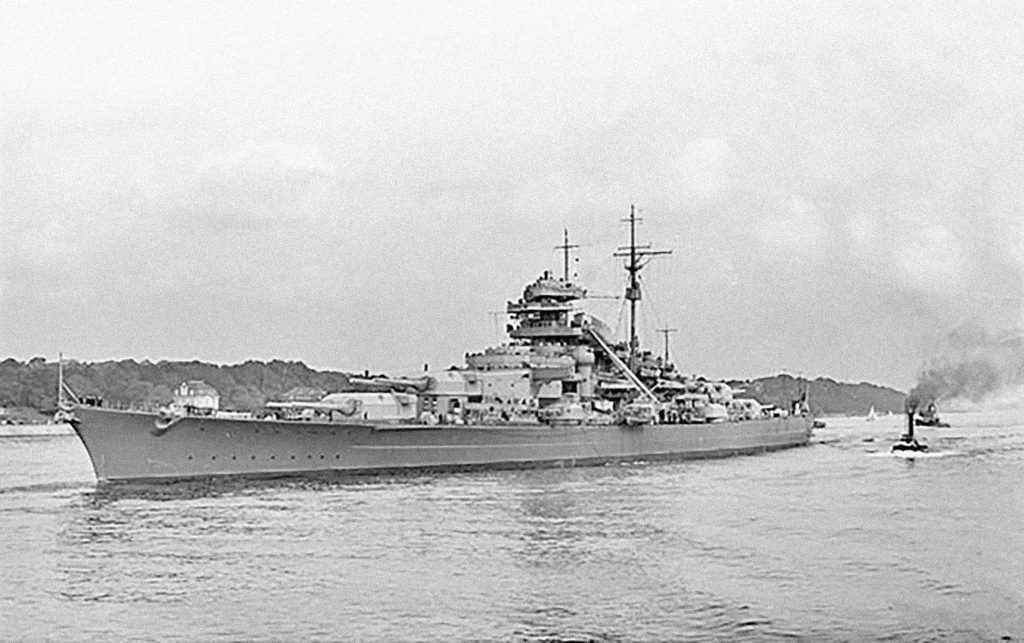
Jews detainees in Mauritius

The first Jews arrived from Haifa, British Palestine (now Israel), in the 1940s because they were denied entry to Palestine by the British Government. In September 1940, the Atlantic, Milos, and Pacific, picked up 3,600 Jews from Vienna, Gdańsk and Prague in Tulcea, Romania, to be sent to Palestine. Jews that arrived in Palestine came without entry permits and were subsequently denied entry by the British government. The British decided to deport the immigrants to either Trinidad and Tobago or Mauritius, both British colonies. On 25 November 1940, the first ship carrying the 1,800 Jews to Mauritius, the Patria, was accidentally bombed by the Haganah, who wanted the Jews to stay in Palestine. Their intentions were to cripple the ship. There were 260 fatalities and 172 injuries. There were only enough lifeboats for 805. The surviving Jews were sent to Atlit detainee camp in Israel. The remaining 1,584 refugees from the Atlantic who were not on the Patria were initially also imprisoned in Atlit, and were sent to Mauritius on 9 December, 1940. On reaching Mauritius, they were sent to a detainment camp in Beau-Bassin.
In the camp, the detainees suffered from tropical diseases and inadequate food and clothing. Jewish organizations such as the South African Jewish Board of Deputies, the Jewish Agency, and the Zionist Federation, sent food, clothing, medicine, and religious items to the detainees. Initially, a ban on interaction between the sexes was enforced; the men were held in a former jailhouse and the women in adjacent iron huts. After the ban was lifted, 60 children were born in the camp. In total, 128 prisoners died in the camp, and were buried in the Jewish section of St. Martin Cemetery. At the end of World War II, the detainees were given the choice of returning to their former homes in Europe or immigrating to Palestine. Most chose Palestine, and on August 6, 1945, 1,320 landed in Haifa. According to the population census of 2011, there are 43 Jews in Mauritius.
Bismarck was the first of two Bismarck-class battleships that were ordered for the Kriegsmarine in the years prior to World War II. Built by Blohm and Voss, the battleship mounted a main battery of eight 15” guns and was capable of a top speed of over 30 knots. Quickly identified as a threat by the Royal Navy, efforts to track Bismarck were underway after its commissioning in August 1940. Ordered on its first mission into the Atlantic the following year, Bismarck won a victory over HMS Hood at the Battle of the Denmark Strait, but soon came under a combined attack by British ships and aircraft. Damaged by an aerial torpedo, Bismarck was sunk by British surface ships on May 27, 1941.

